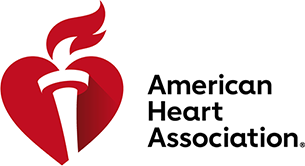Uncontrolled High Blood Pressure Needs to be Met With Immediate Action
High blood pressure:
- Accounts for more deaths from CVD than any other modifiable risk factor
- Is second only to cigarette smoking as a preventable cause of death in the US
- Was present in more than half of people who die from coronary heart disease and stroke
Reduce Therapeutic Inertia
Therapeutic inertia—failing to start or intensify treatment when BP is high—is a common problem. It is also a leading factor contributing to suboptimal BP control rates, along with the failure of patients to schedule or return for follow up appointments. Both can leave your patient with serious unmanaged risk and can be addressed with an evidence-based treatment protocol.
“For women, high blood pressure has a bigger impact on death from heart disease and stroke than any other risk factor. For men, only cigarette smoking has a higher impact.”
—AHA Statistical Update
Extend Lives: Act Rapidly to Manage Elevated Blood Pressures
Practice Assessment: How Rapidly Do You Act?
Do you…
Taking Action is Not Enough—We Must Partner With Patients to Achieve Control
If measurements are valid, action is quick and effective, and your practice follows up with patients to monitor their progress, you can help patients achieve and maintain control. This reduces serious risk of CVD and associated comorbidities.
Featured Resources
Use these resources to follow current best practices and improve outcomes.
Act Rapidly Quick Start Guide
This resource will help you act rapidly in managing your patients elevated blood pressure by explaining what tools are available to you.
Use the Treatment Algorithm
Treat your patients with high BP quickly, using the latest clinical evidence.
Identify Positioning Errors
Ways to collaborate with your patients to control BP, including five communication skills that may help improve engagement.
Questions to Ask Your Doctor
Patients often have questions but aren’t sure how to ask. This handout can help.



